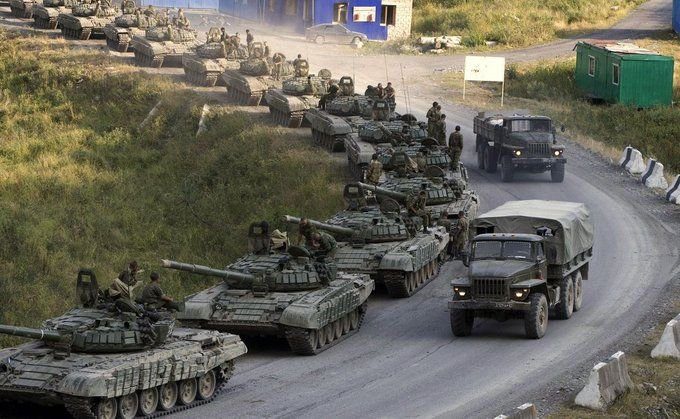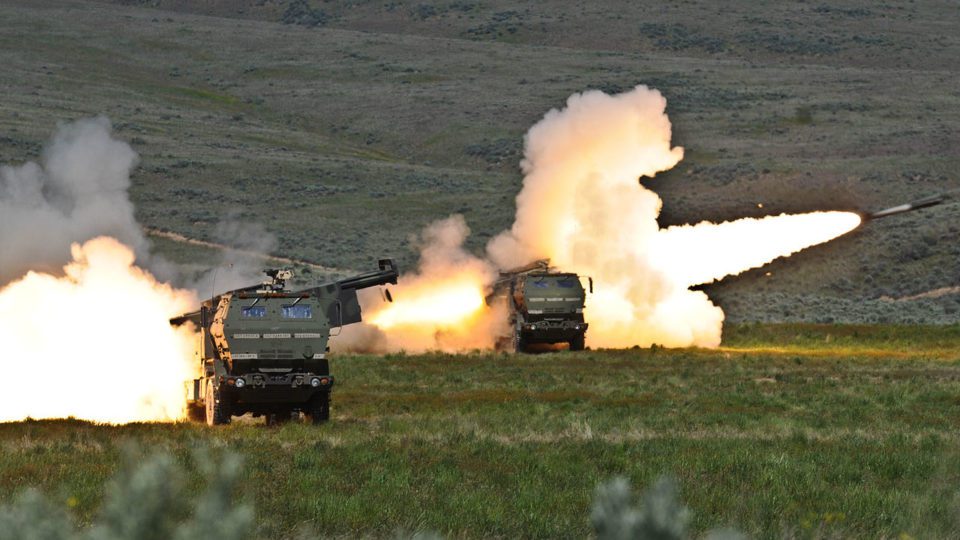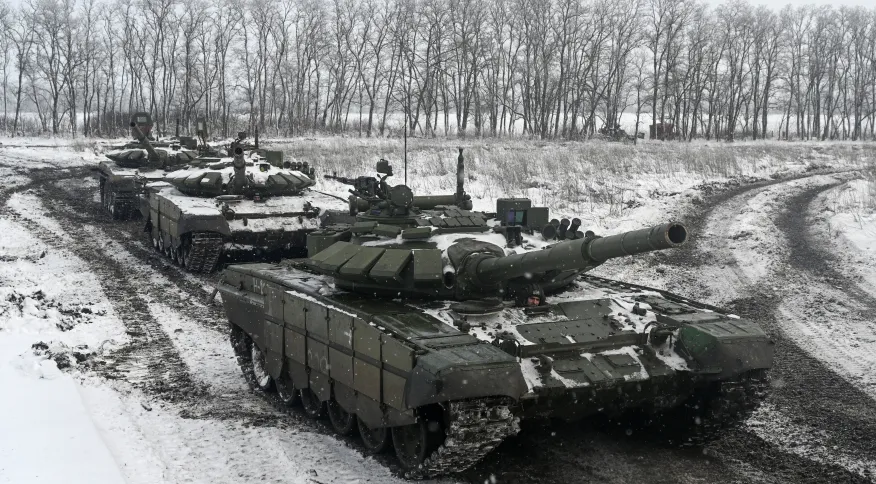(AFP) From the beginning of Russia’s invasion of Ukraine on February 24, 2022, to the announcement of Western tanks being sent to Kiev: these are the five moments that have marked the conflict so far.
- Full-scale invasion
In the early hours of February 24, 2022, Russian President Vladimir Putin orders a “special military operation” to “demilitarize” and “denazify” Ukraine. His goal, he said, was to defend the breakaway “republics” of Luhansk and Donetsk in the Donbass, whose independence he has previously recognized. His army launches a full-scale invasion, accompanied by air strikes in different parts of the country, and with ground troops entering from the east, south, and north from Belarus, Moscow’s ally.
The Russian offensive unleashes a torrent of international condemnation. Westerners impose a series of economic sanctions on Russia, hardened over the months. The European Union multiplies arms shipments to Ukraine. The United States releases billions of dollars in military aid.

- The horror in Bucha
Within days, Russian troops capture the important port of Berdiansk and the regional capital of Kherson, very close to the Black Sea, as well as several towns around Kiev in the north-central part of the country.
But their attempt to take the capital meets resistance from Ukrainian forces, led by their president, Volodimir Zelensky, who takes over as commander-in-chief in full. On April 2, Ukraine claims that the entire Kiev region has been liberated, following a “rapid withdrawal” of Russian forces moving east and south with the aim of “maintaining control” of the territories they already occupied.
In the city of Bucha, bodies of civilians executed in cold blood are found in the streets. The remains of several hundred civilians, some with signs of torture, are found in mass graves in this city on the outskirts of Kiev. The images of these massacres attributed to Russia provoke outrage among Westerners and the UN. Accusations of war crimes multiply – Moscow denies it.

- The fall of Mariupol
On April 21, the Kremlin announces the conquest of Mariupol, a strategic port on the Sea of Azov, which its forces had been attacking and bombing since early March, leaving the place without vital infrastructure, water, electricity, and heating.
The purpose of taking this city is to allow Russia to secure unity between its forces in Crimea – the Ukrainian peninsula annexed by Moscow in 2014 – and the separatist areas of the Donbass. However, some 2,000 Ukrainian fighters, entrenched in the underground labyrinth of the Azovstal factory with hundreds of civilians, continue the fight. They hold out until mid-May, before surrendering. According to Kiev, Mariupol is 90% destroyed and at least 20,000 people have died.

- Ukrainian counter-offensives
In early September, the Ukrainian army announces a counteroffensive in the south, before making a surprise and lightning advance against Russian lines in the northeast, which forces Moscow’s army to withdraw from the Kharkiv region, the scene of heavy fighting. In the south, the operation aims to retake Kherson, the only regional capital that fell into the hands of Russian forces at the beginning of the invasion.
Step by step, the Ukrainian army, with Western weapons systems, takes dozens of towns, relentlessly bombarding Russian ammunition depots and supply lines in the region. The Crimean bridge, a strong symbol, is damaged by a powerful explosion on October 8. Despite Moscow’s annexation in late September of four occupied Ukrainian regions – Luhansk, Donetsk, Kherson and Zaporizhzhia – following “referenda” not recognized by the international community, Russian forces are forced to abandon Kherson on November 9.
Two days later, Ukraine regains control of the city, “a historic day” hailed by President Zelensky.

- Harsh winter
Starting in October, Russia systematically attacks Ukrainian power plants and transformers with its missiles and drones, plunging the population into cold and darkness.In January, the Russian army, reinforced by some 300,000 reservists mobilized since September and supported by the paramilitaries of the Wagner group, returns to the offensive, particularly in the Donbass.
The fighting is intense, especially on the outskirts of Bakhmut, a city in the east that Russia has been trying to conquer since the boreal summer.Faced with repeated requests from the Ukrainian president and after having hesitated for a long time for fear of provoking an escalation, the Americans and the Europeans promise to send dozens of heavy tanks to Kiev in early February, arousing Moscow’s ire.
Russia and Ukraine have not presented a reliable balance sheet of their losses for months. According to Norway, the war in Ukraine has caused about 180,000 dead or wounded in the ranks of the Russian army, and 100,000 Ukrainians, without taking into account the 30,000 civilian deaths.

*** Translated by the DEFCONPress FYI Team ***
